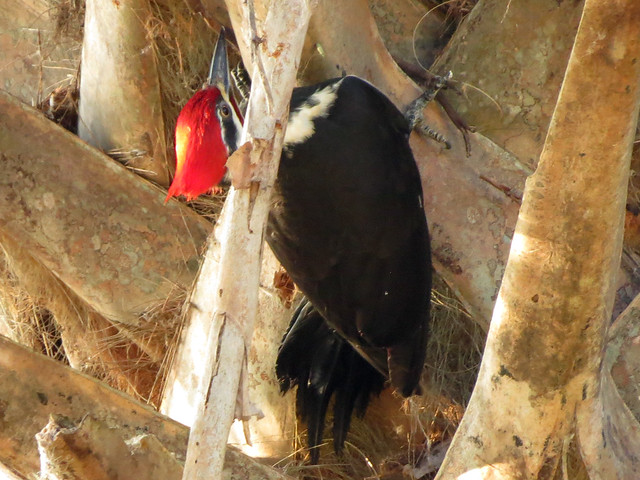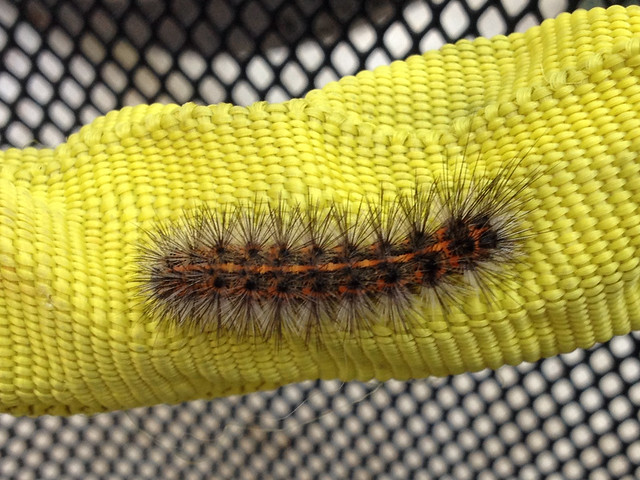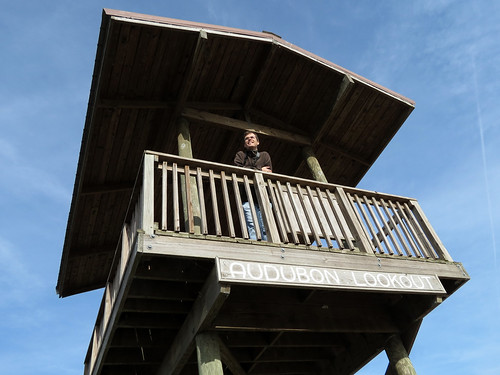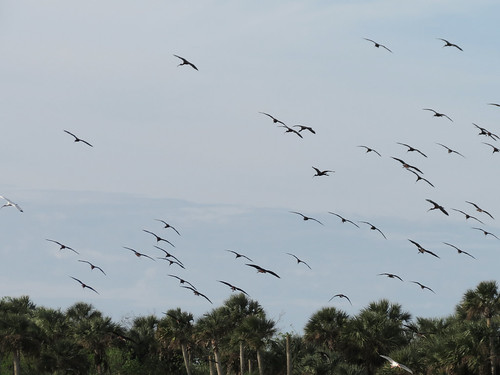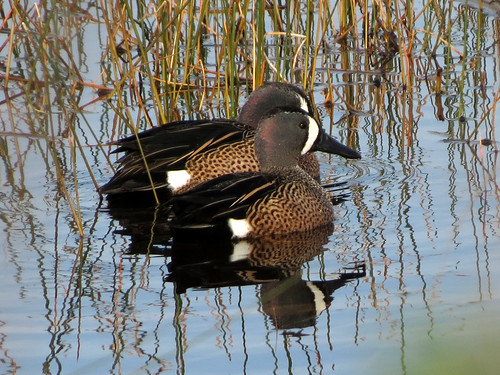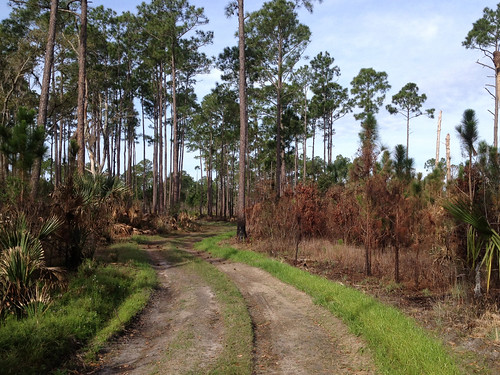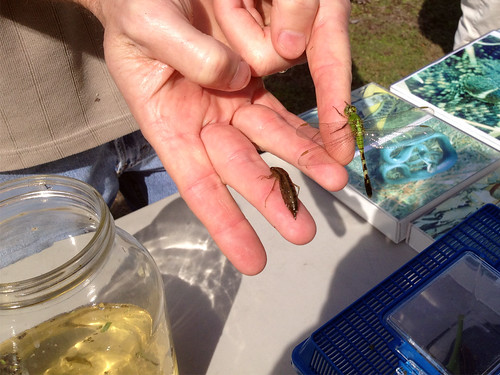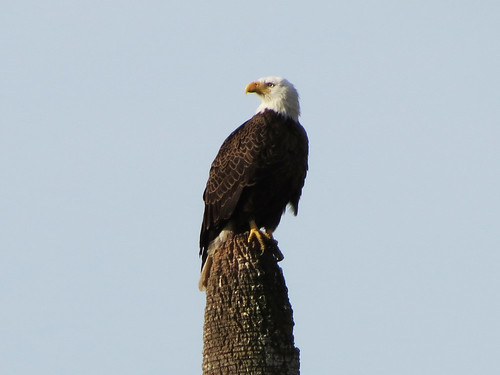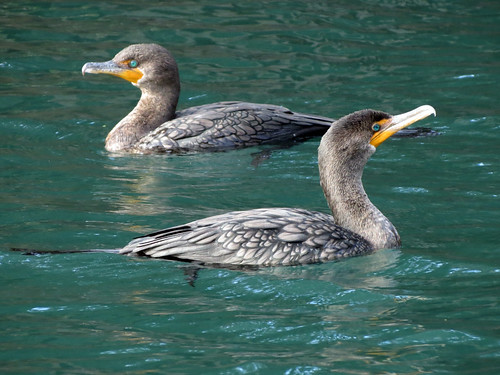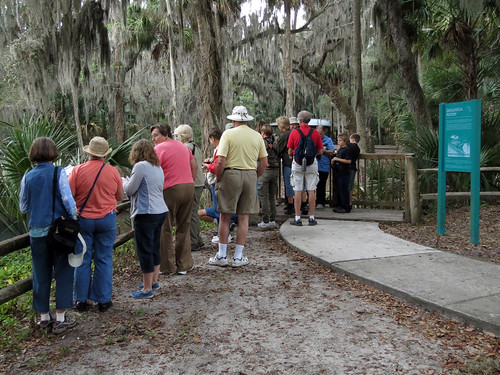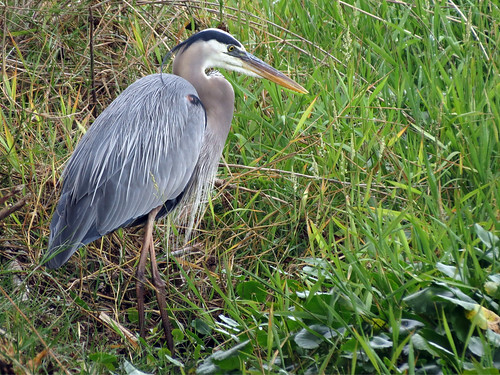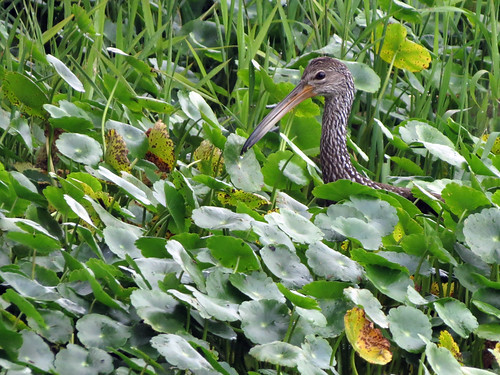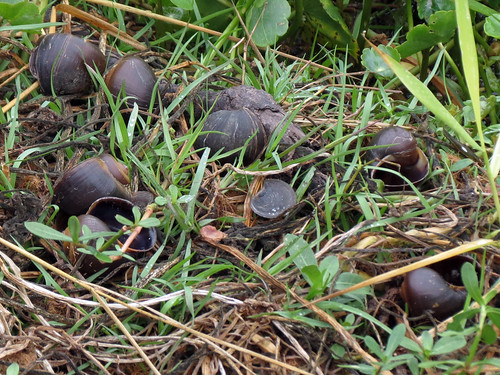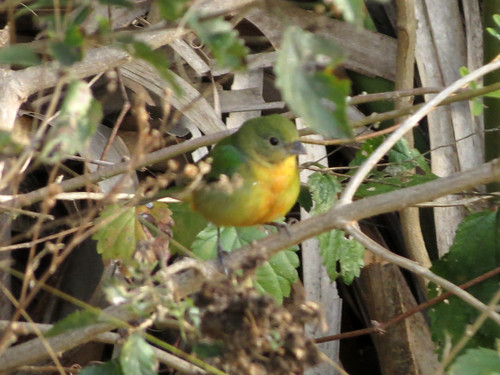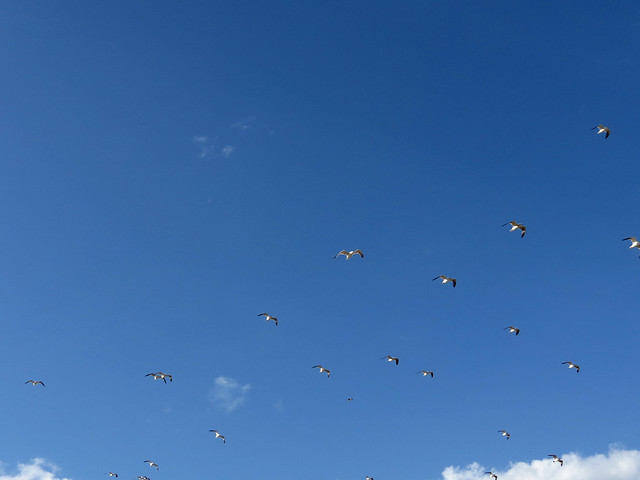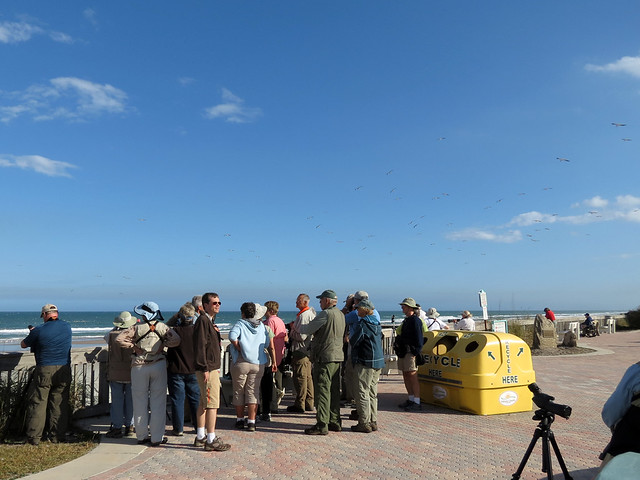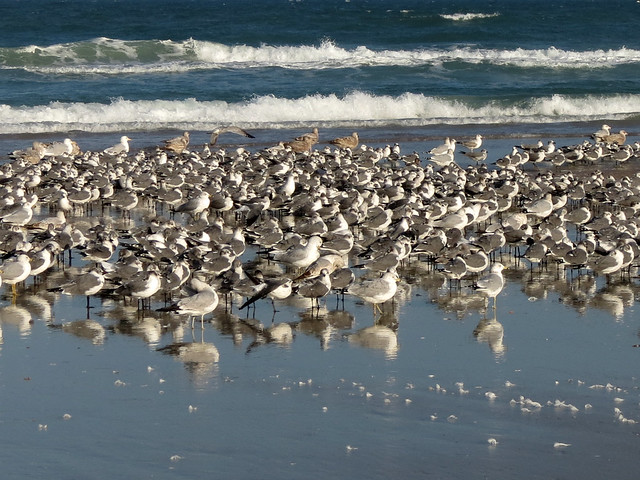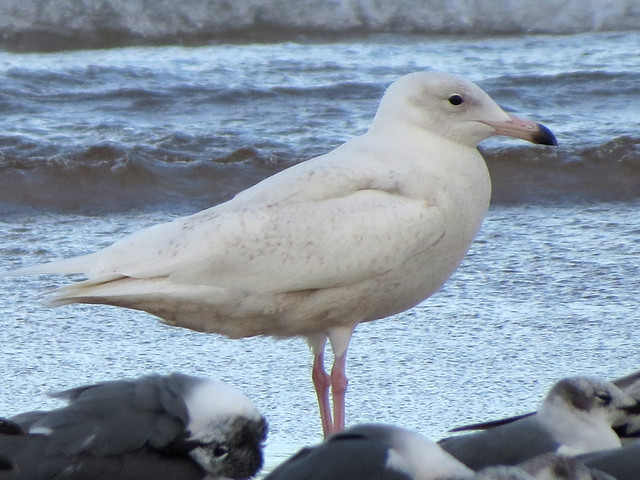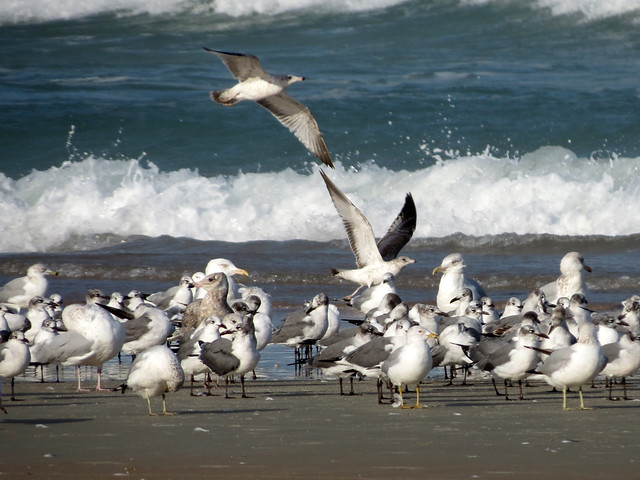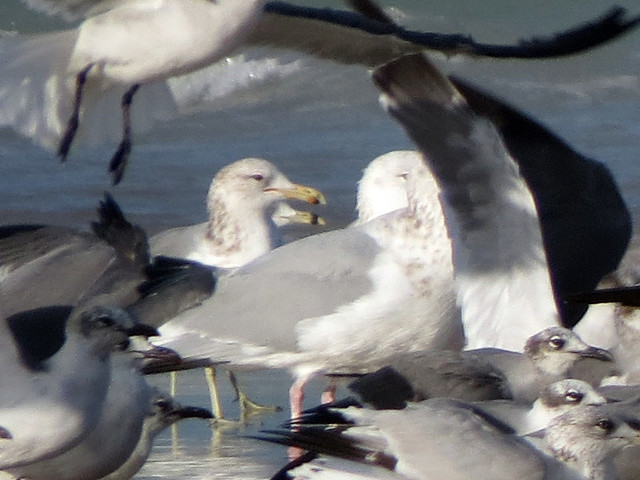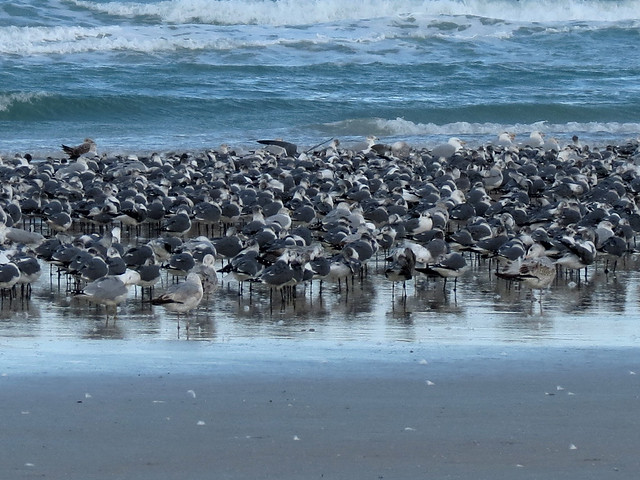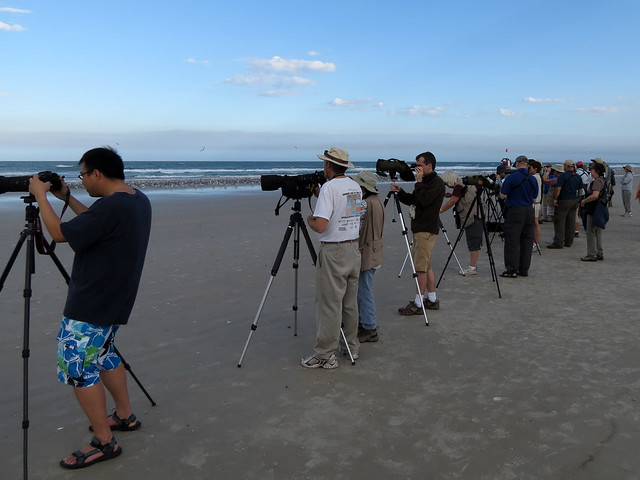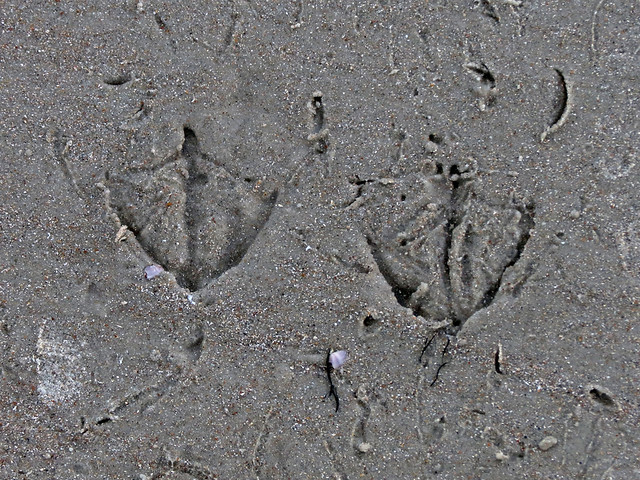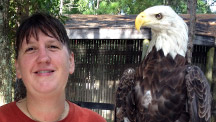Birding Gemini Springs, April 2012 [part 2]
I entered 13 eBird checklists for Gemini Springs in April, recording a total of 67 species. The complete list of 67 birds is at the end of this post.
I posted about the birding Gemini Springs during the first half of April here: Birding Gemini Springs, April 2012 [part 1]. For this second post, I’ll let the photos speak for themselves.
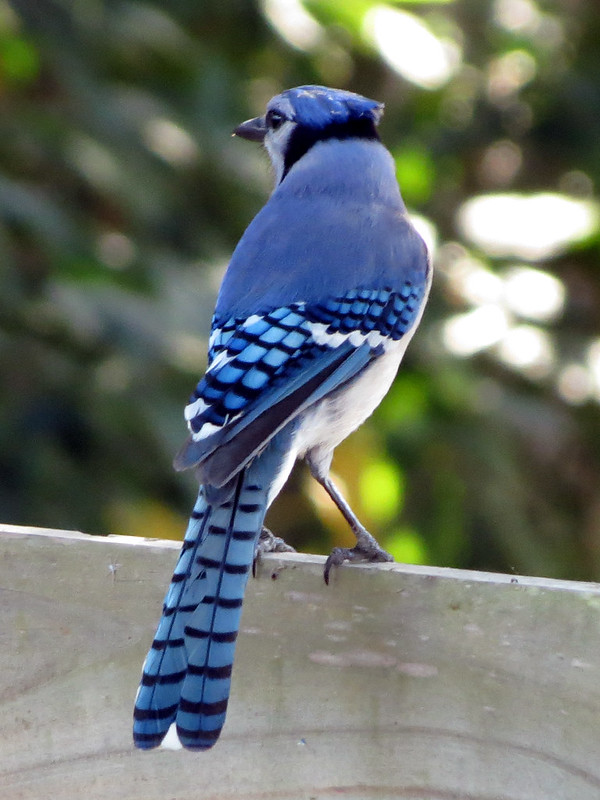
Blue Jay; April 16 2012
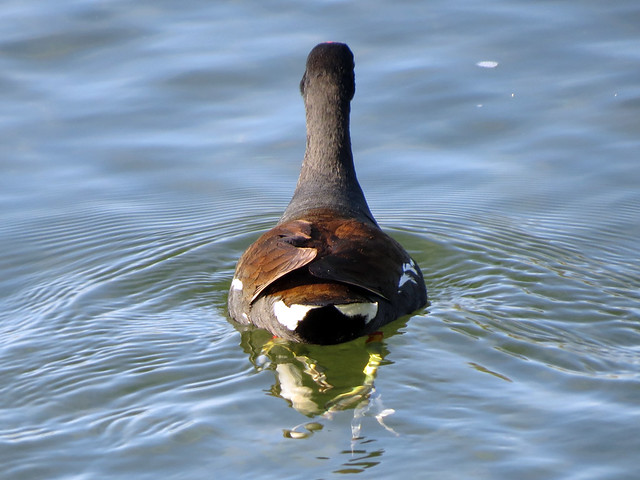
Common Gallinule; April 20 2012
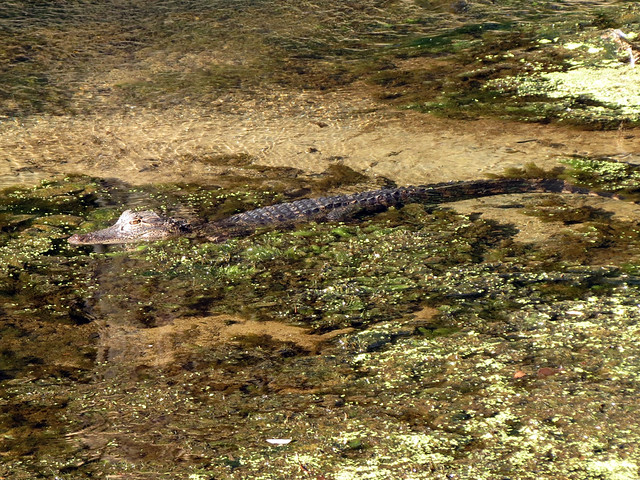
American Alligator; April 20 2012

Polistes annularis (paper wasps); April 20 2012
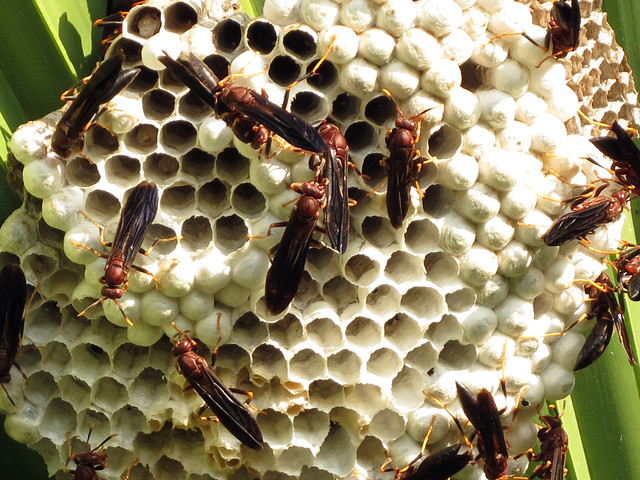
Polistes annularis (paper wasps); April 20 2012

Common Checkered Skipper or White Checkered Skipper; April 23 2012
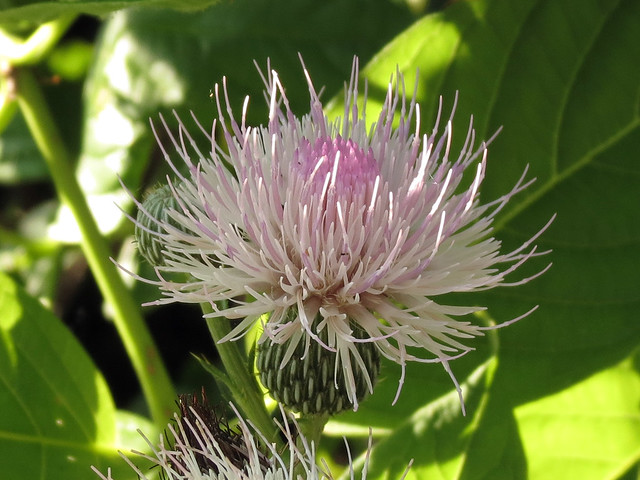
thistle; April 23 2012
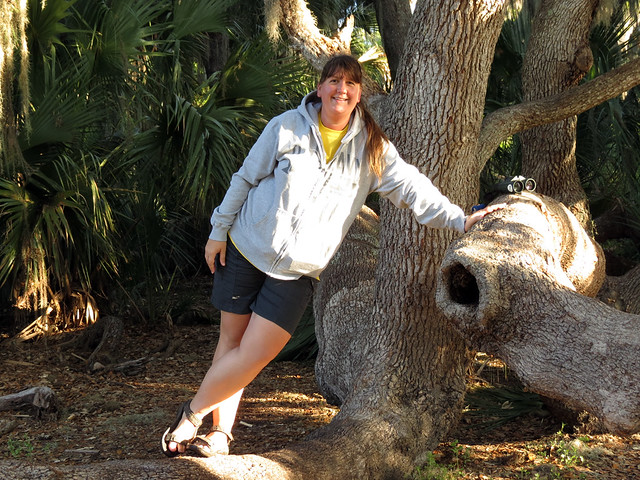
blogger; April 23 2012

Wild Turkey; April 27 2012
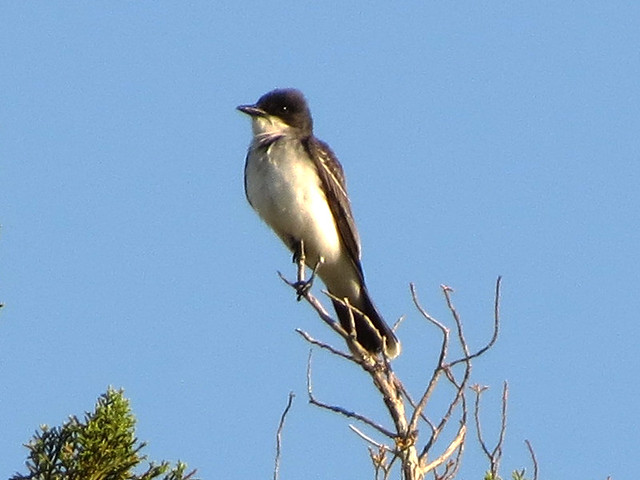
Eastern Kingbird – suddenly they were all over the park; April 27 2012

Southern Black Racer peekaboo; April 27 2012
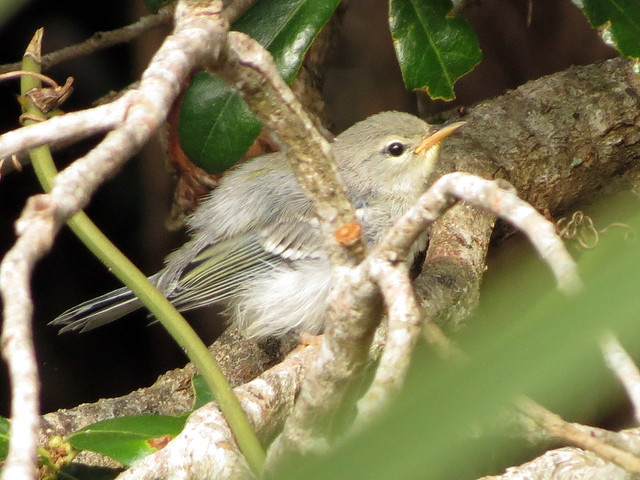
baby Northern Parula; April 29 2012

Boat-tailed Grackle; April 29 2012
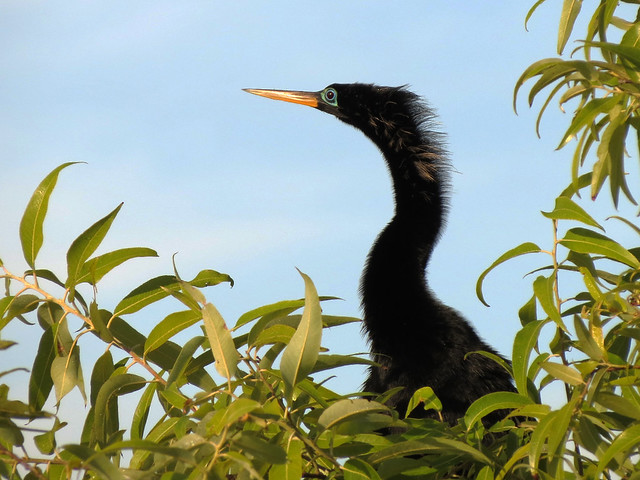
Anhinga; April 30 2012

Indigo Bunting; April 30 2012
April 2012 bird list, Gemini Springs
Wood Duck – Aix sponsa
Blue-winged Teal – Anas discors
Green-winged Teal – Anas crecca
Wild Turkey – Meleagris gallopavo
Wood Stork – Mycteria americana
Double-crested Cormorant – Phalacrocorax auritus
Anhinga – Anhinga anhinga
American Bittern – Botaurus lentiginosus
Least Bittern – Ixobrychus exilis
Great Blue Heron – Ardea herodias
Great Egret – Ardea alba
Snowy Egret – Egretta thula
Little Blue Heron – Egretta caerulea
Tricolored Heron – Egretta tricolor
Cattle Egret – Bubulcus ibis
Green Heron – Butorides virescens
Yellow-crowned Night-Heron – Nyctanassa violacea
White Ibis – Eudocimus albus
Glossy Ibis – Plegadis falcinellus
Black Vulture – Coragyps atratus
Turkey Vulture – Cathartes aura
Osprey – Pandion haliaetus
Bald Eagle – Haliaeetus leucocephalus
Northern Harrier – Circus cyaneus
Cooper’s Hawk – Accipiter cooperii
Red-shouldered Hawk – Buteo lineatus
Sora – Porzana carolina
Common Gallinule – Gallinula galeata
American Coot – Fulica americana
Limpkin – Aramus guarauna
Sandhill Crane – Grus canadensis
Killdeer – Charadrius vociferus
Black-necked Stilt – Himantopus mexicanus
Mourning Dove – Zenaida macroura
Barred Owl – Strix varia
Chimney Swift – Chaetura pelagica
Belted Kingfisher – Megaceryle alcyon
Red-bellied Woodpecker – Melanerpes carolinus
Downy Woodpecker – Picoides pubescens
Pileated Woodpecker – Dryocopus pileatus
Great Crested Flycatcher – Myiarchus crinitus
Eastern Kingbird – Tyrannus tyrannus
White-eyed Vireo – Vireo griseus
Red-eyed Vireo – Vireo olivaceus
Blue Jay – Cyanocitta cristata
Fish Crow – Corvus ossifragus
Barn Swallow – Hirundo rustica
Carolina Chickadee – Poecile carolinensis
Tufted Titmouse – Baeolophus bicolor
Carolina Wren – Thryothorus ludovicianus
Marsh Wren – Cistothorus palustris
Blue-gray Gnatcatcher – Polioptila caerulea
Gray Catbird – Dumetella carolinensis
Northern Mockingbird – Mimus polyglottos
Brown Thrasher – Toxostoma rufum
Cedar Waxwing – Bombycilla cedrorum
Common Yellowthroat – Geothlypis trichas
American Redstart – Setophaga ruticilla
Northern Parula – Setophaga americana
Palm Warbler – Setophaga palmarum
Prairie Warbler – Setophaga discolor
Swamp Sparrow – Melospiza georgiana
Northern Cardinal – Cardinalis cardinalis
Indigo Bunting – Passerina cyanea
Red-winged Blackbird – Agelaius phoeniceus
Common Grackle – Quiscalus quiscula
Boat-tailed Grackle – Quiscalus major



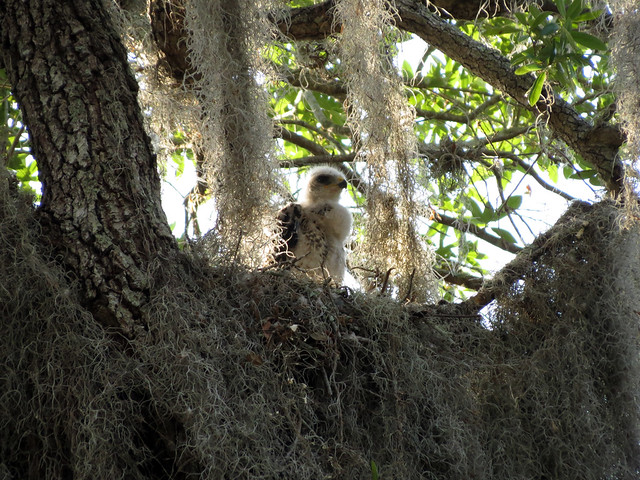
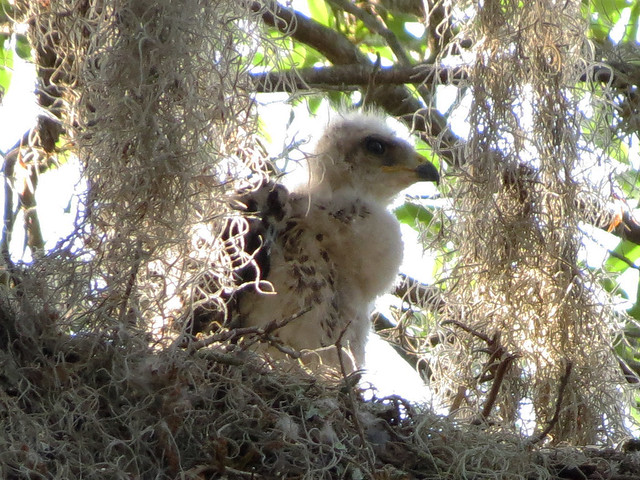
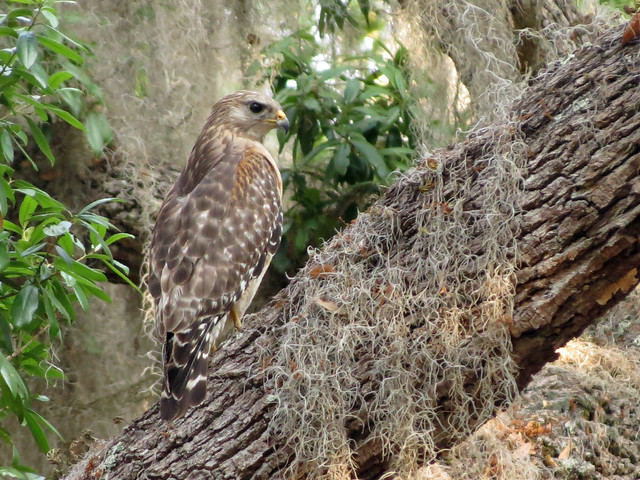
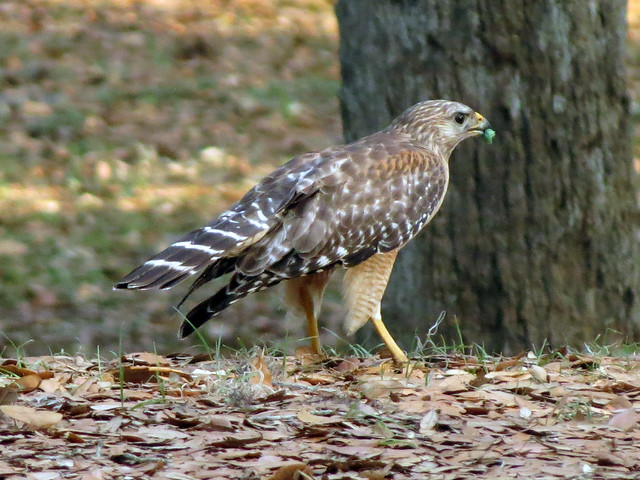
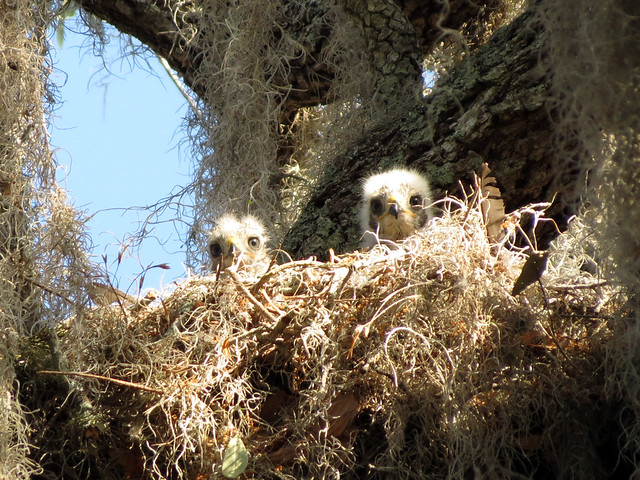
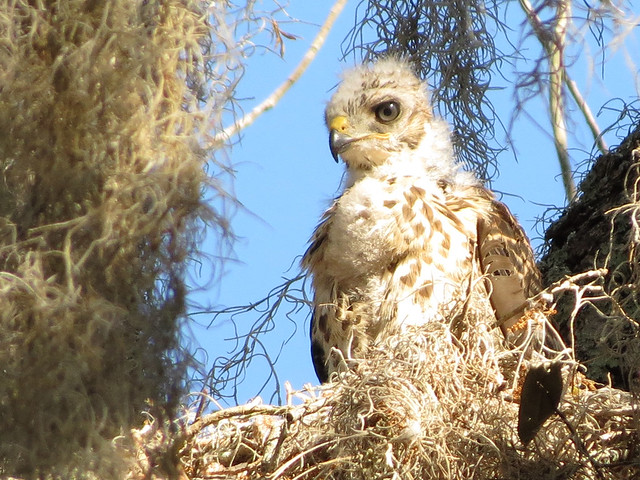


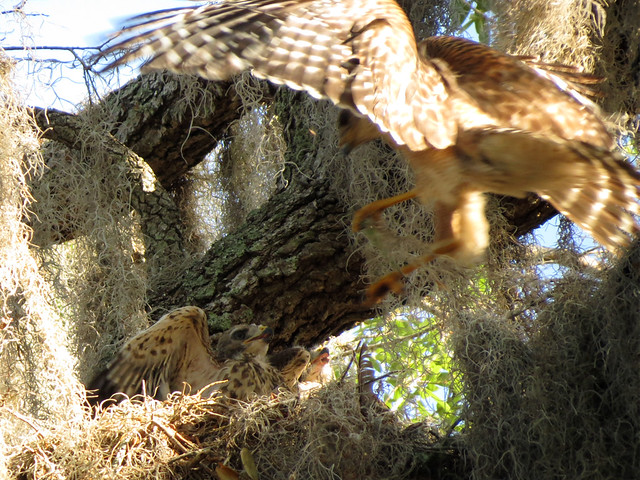
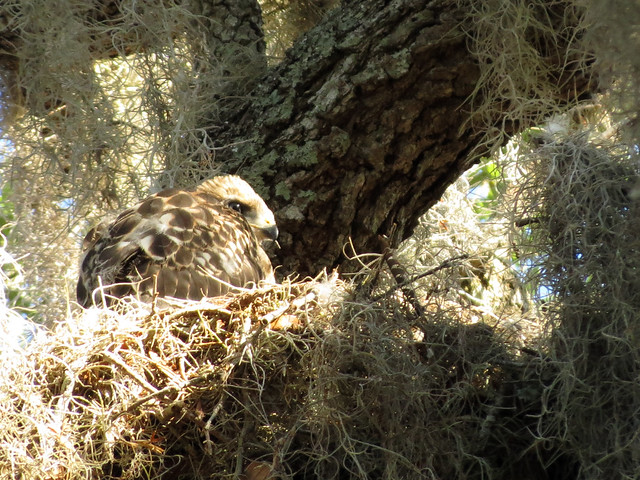

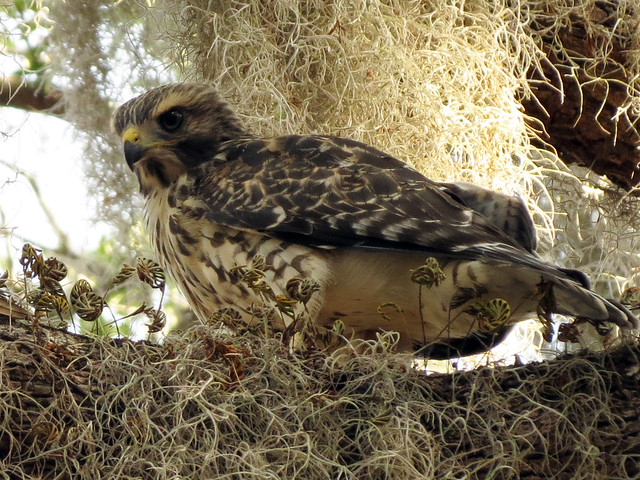
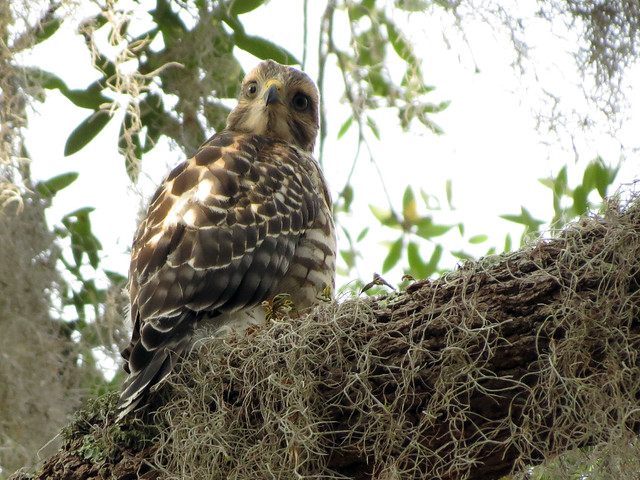
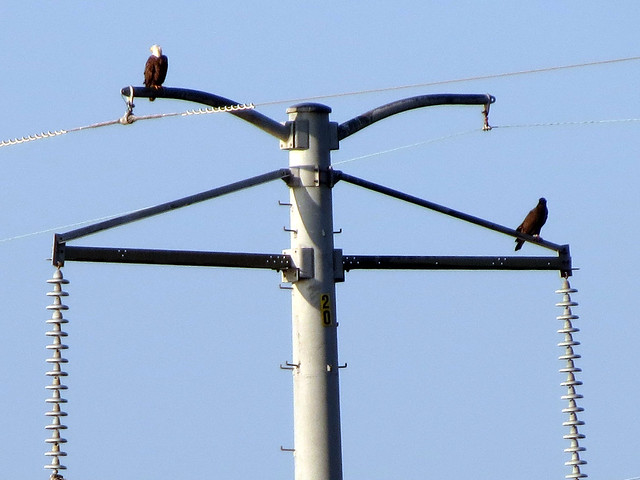
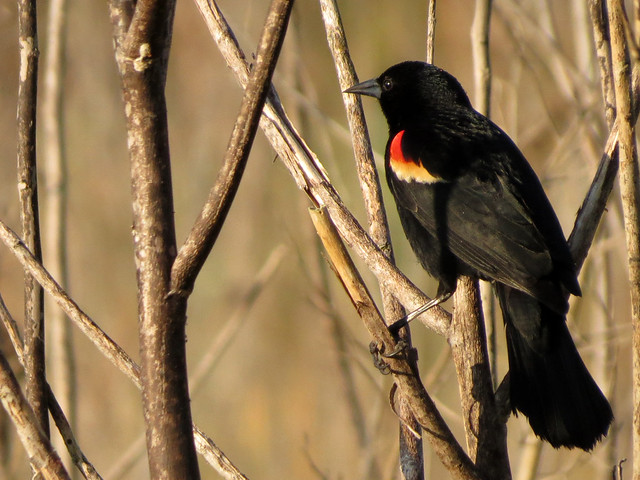
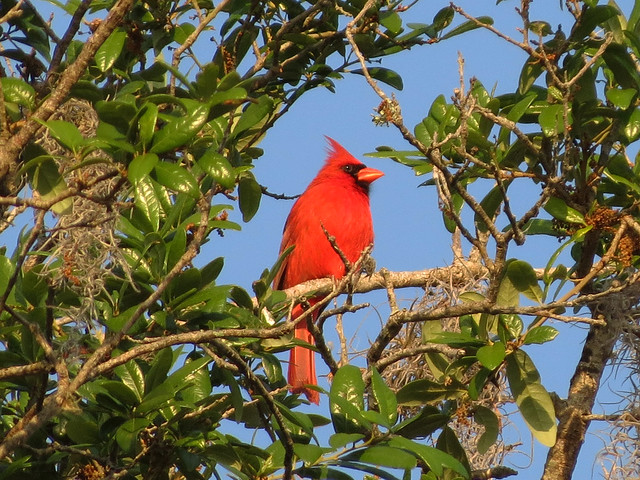

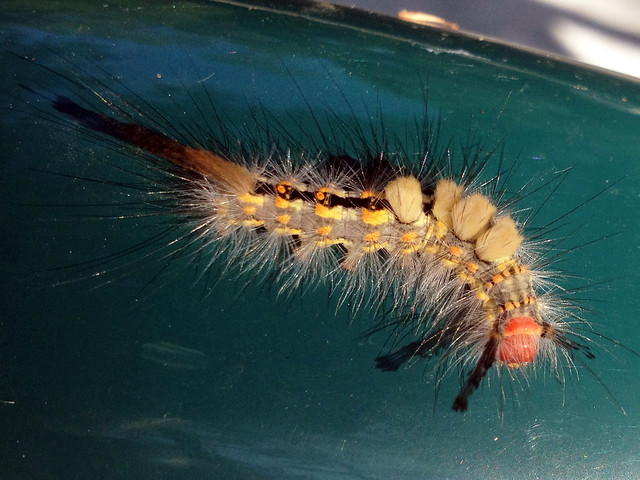
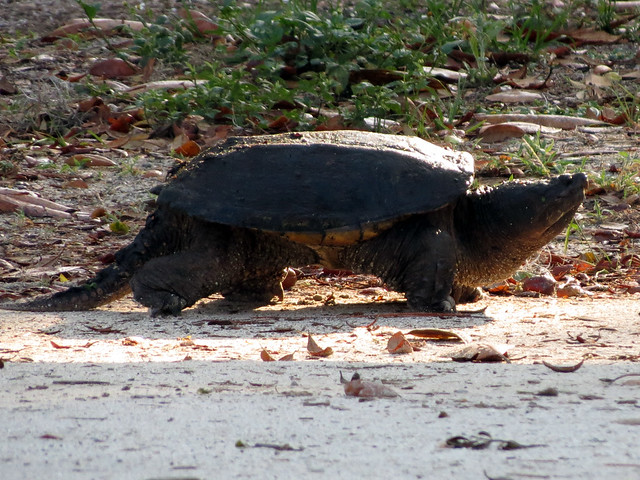



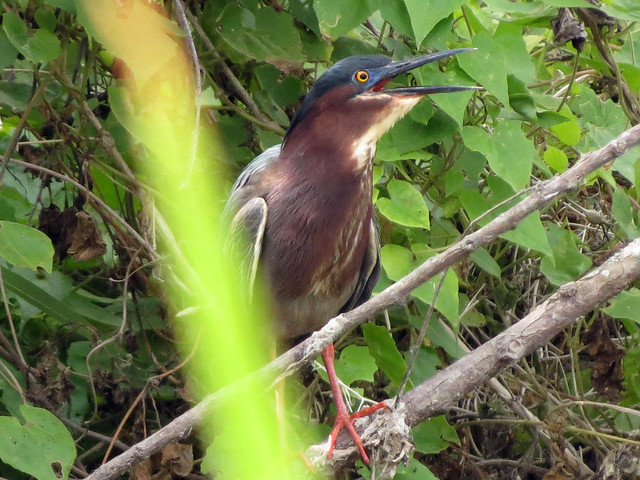

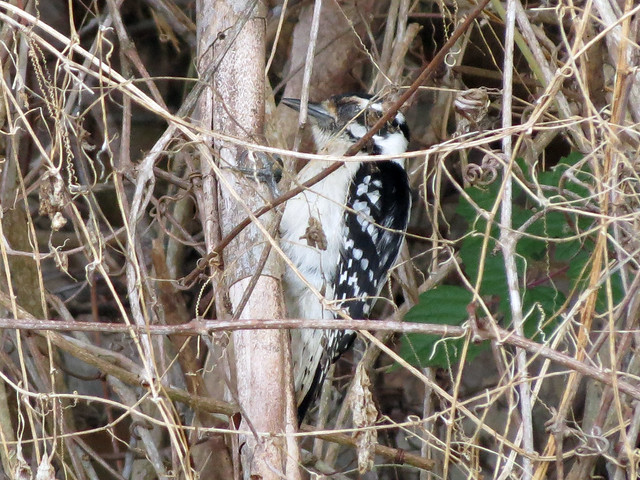


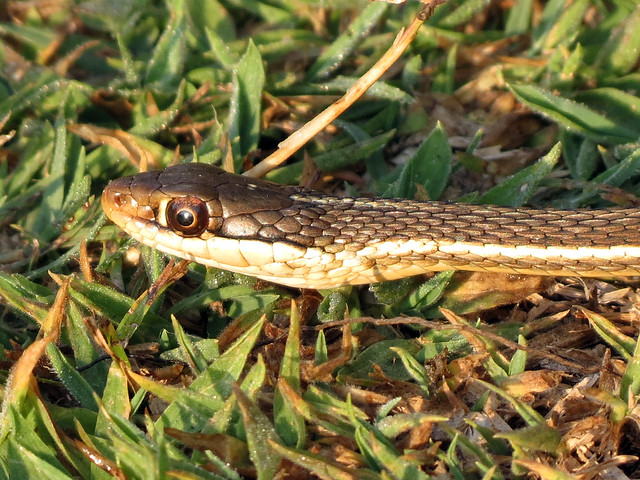
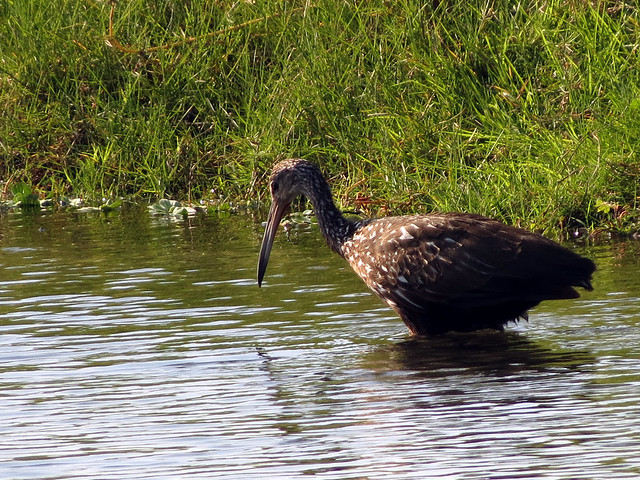

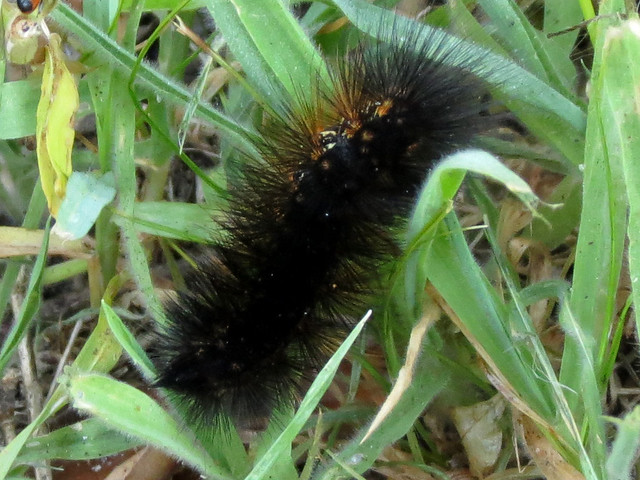


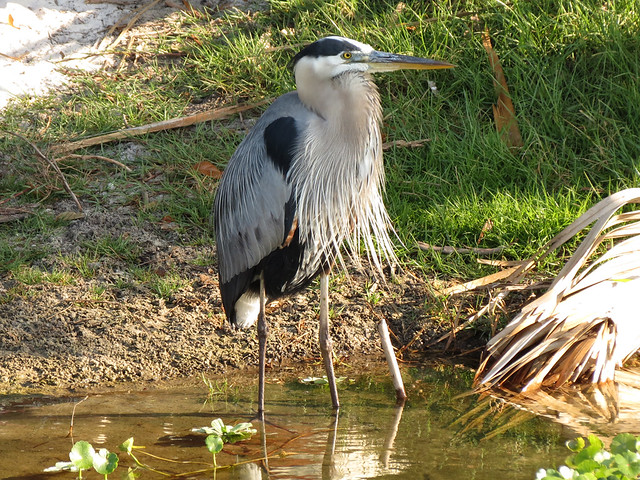

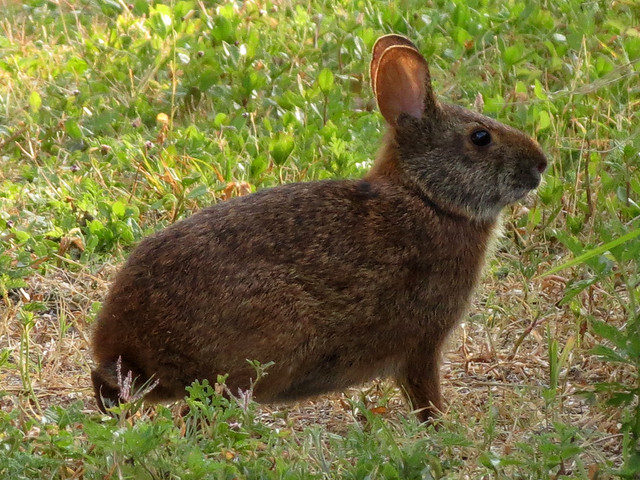

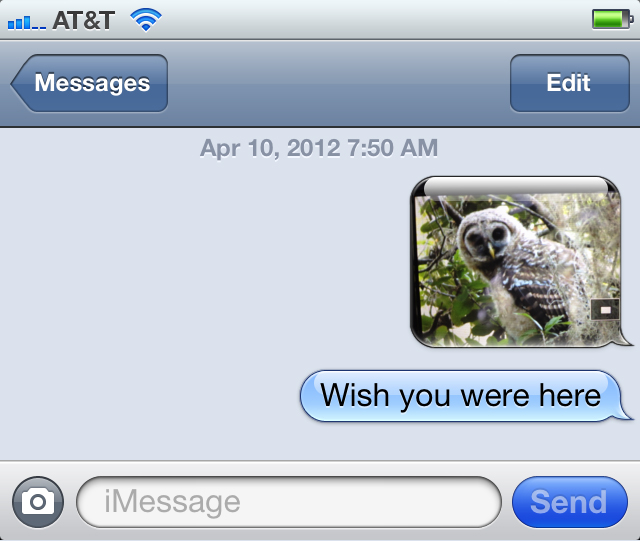

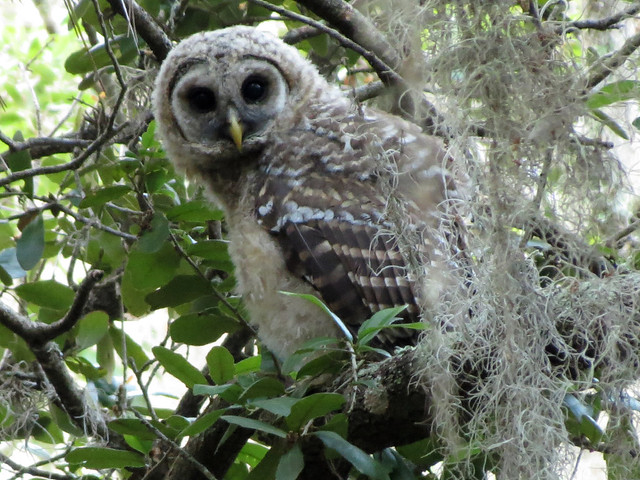


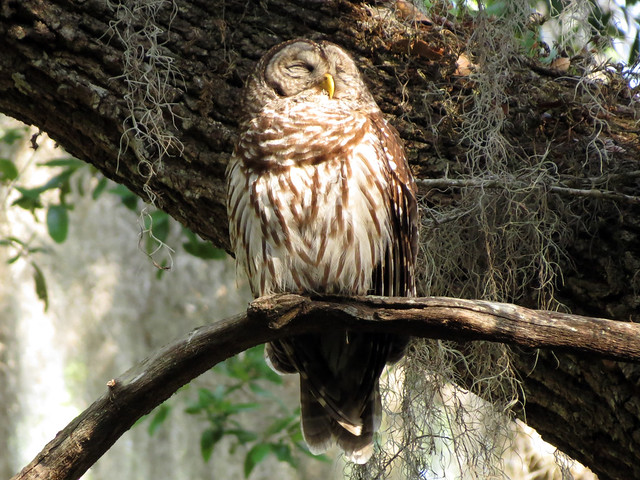
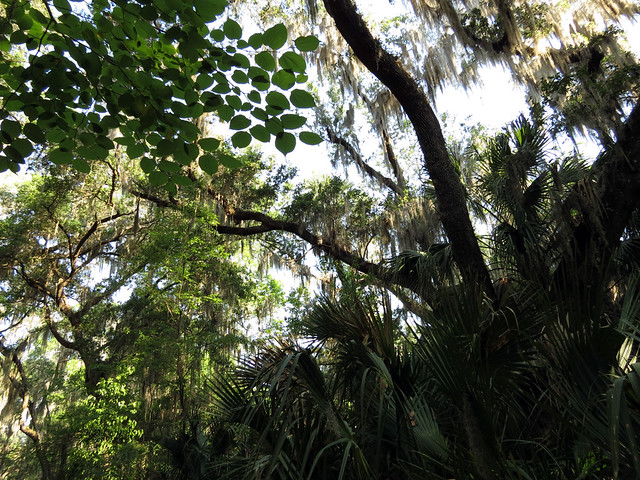
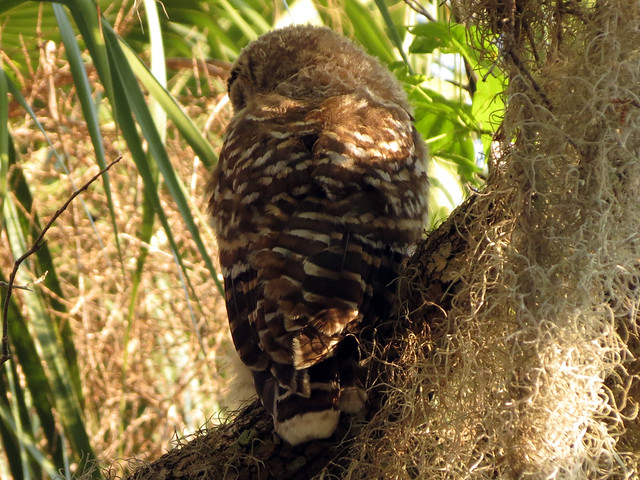
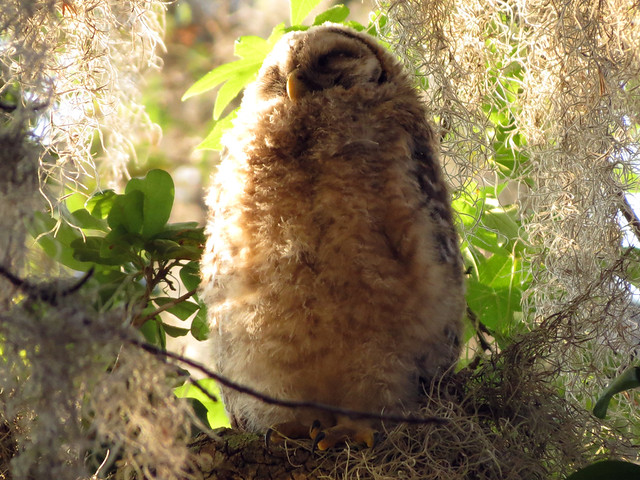

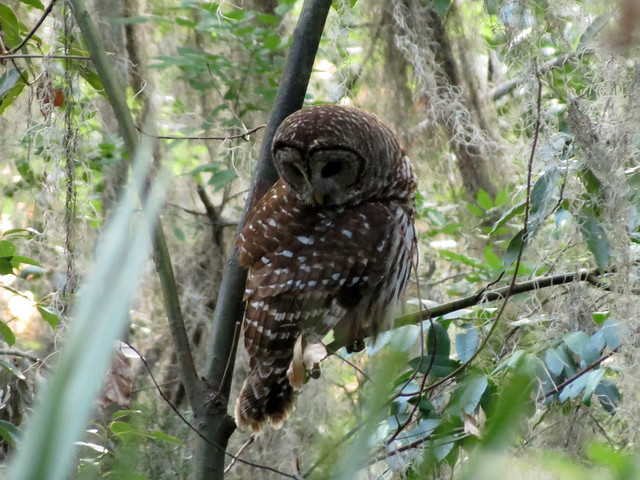
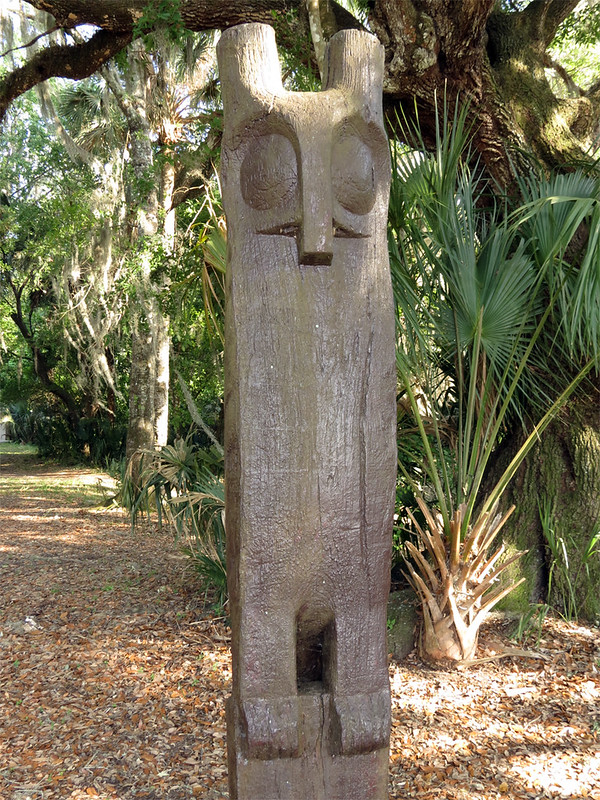
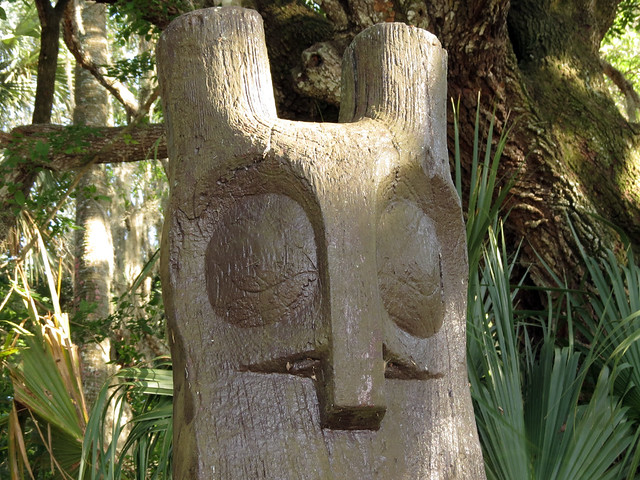
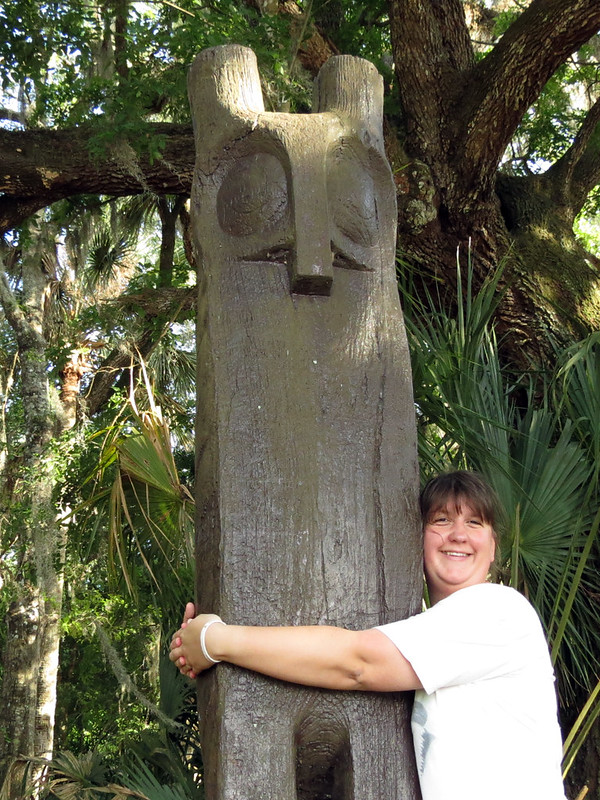
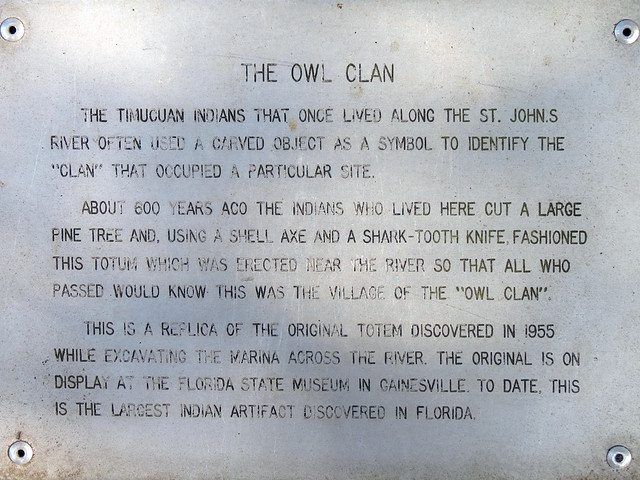
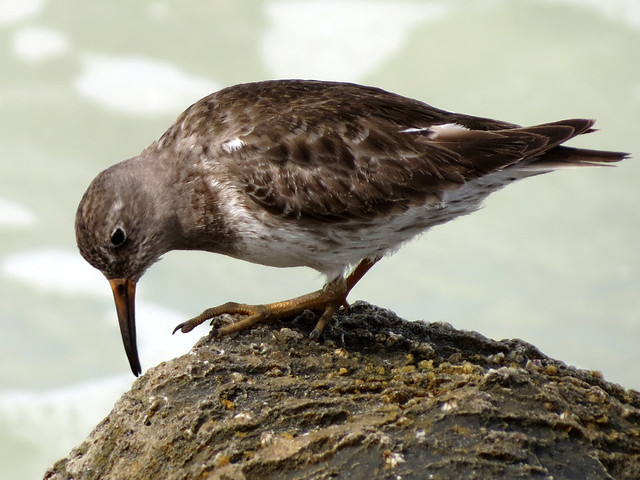
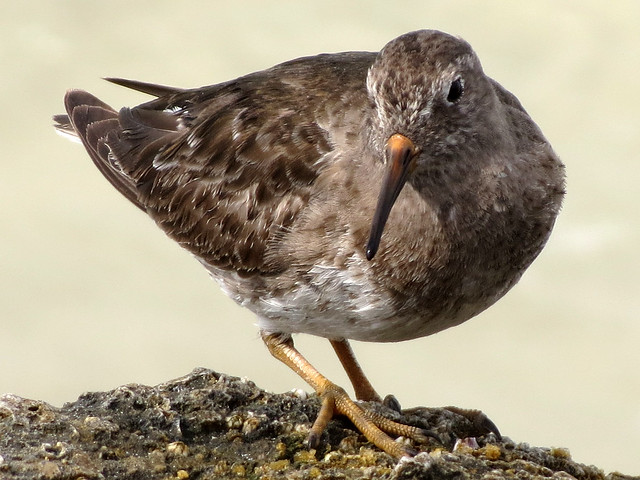
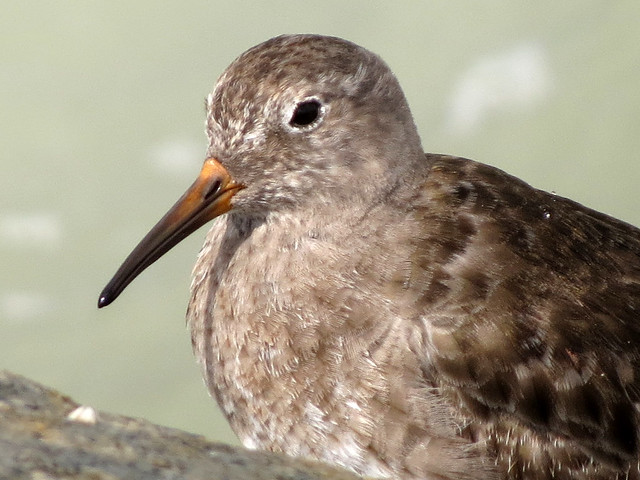

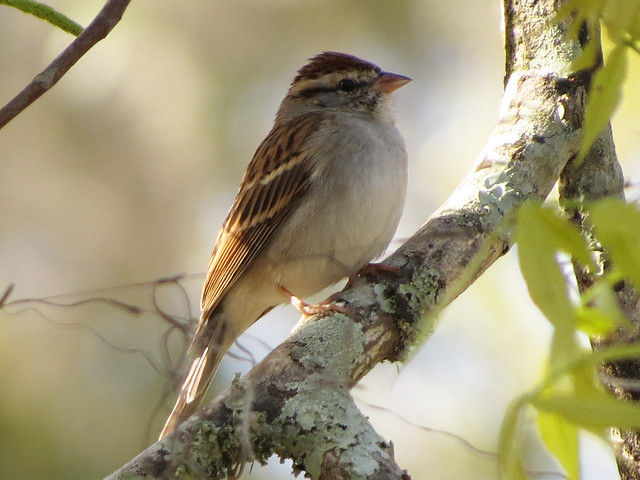
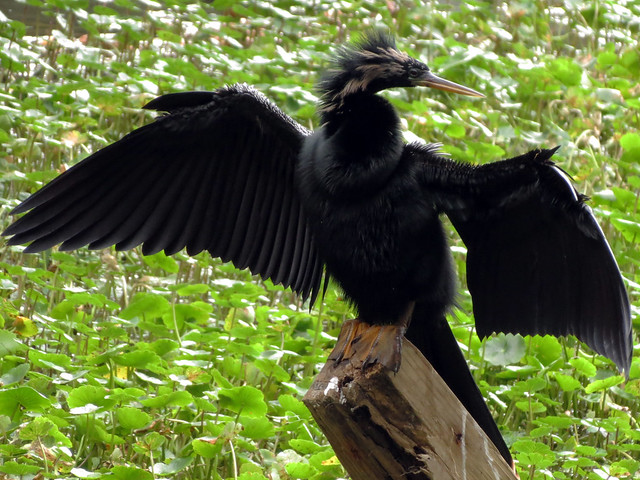
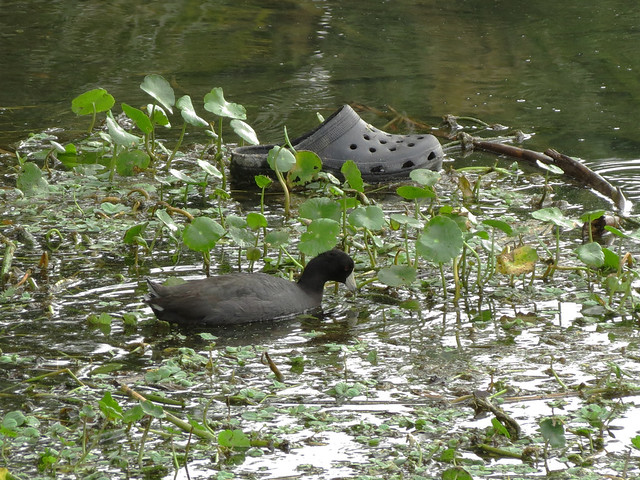
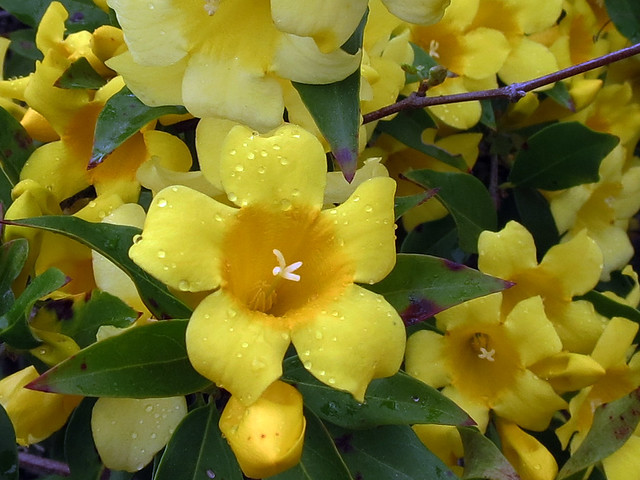
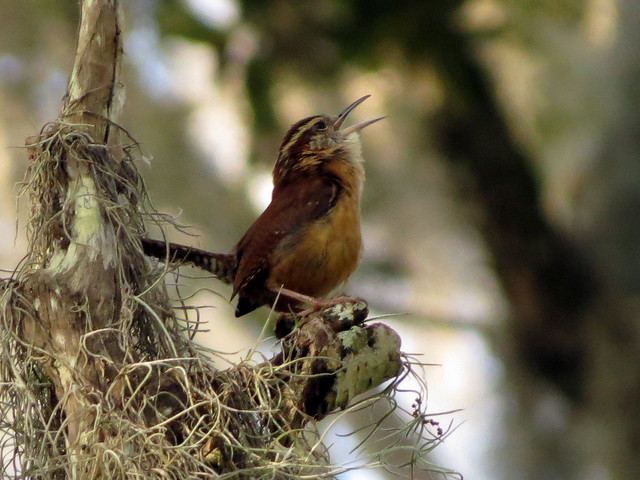
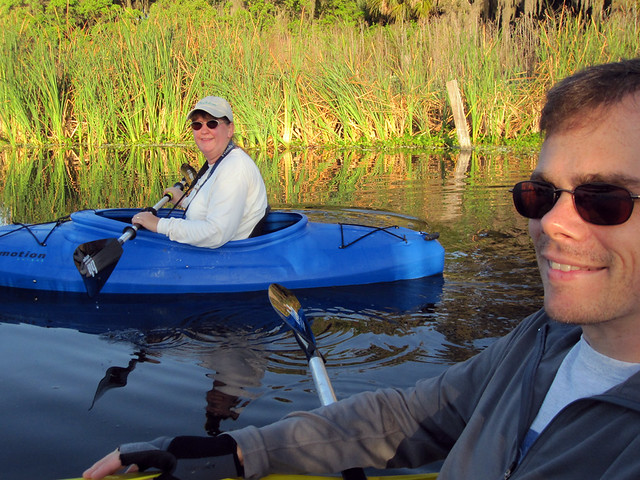
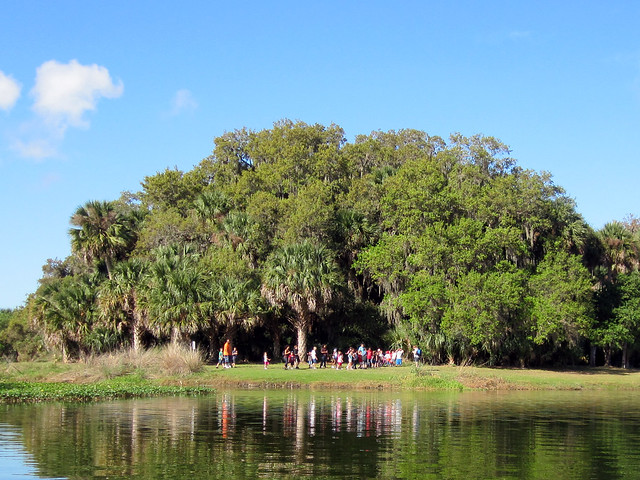
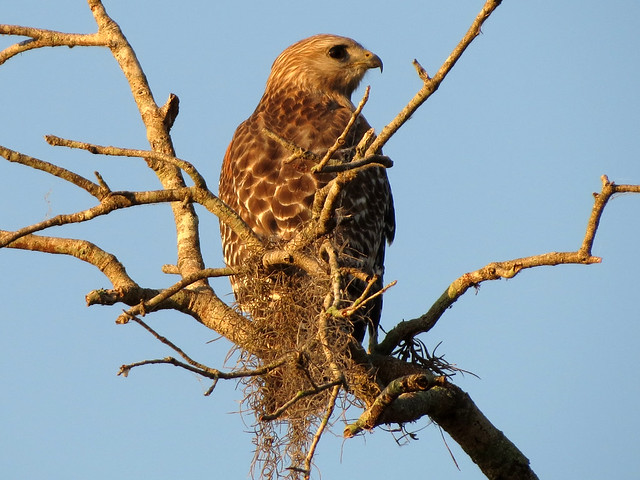
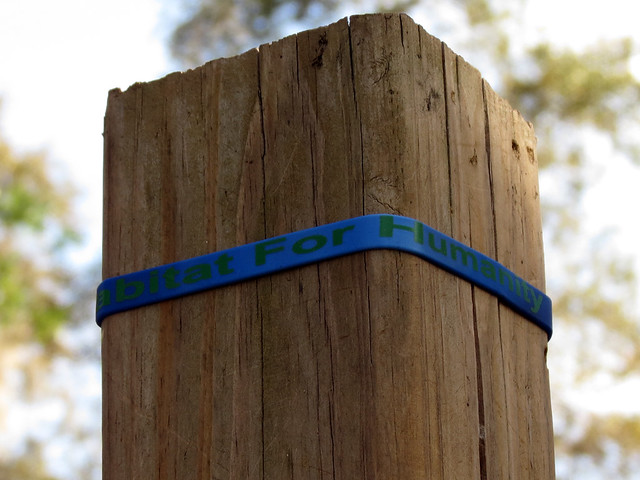
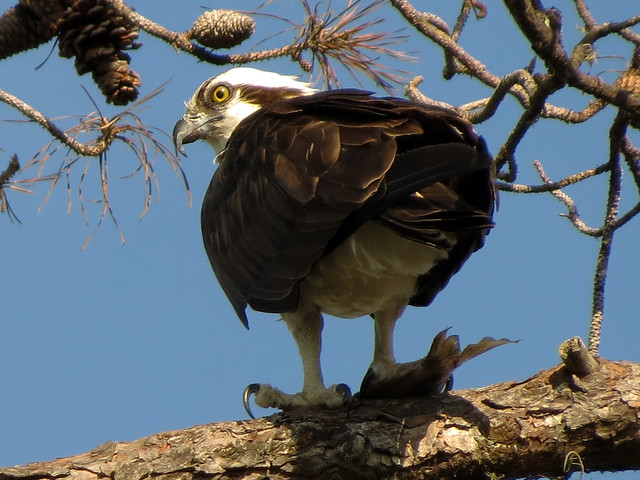
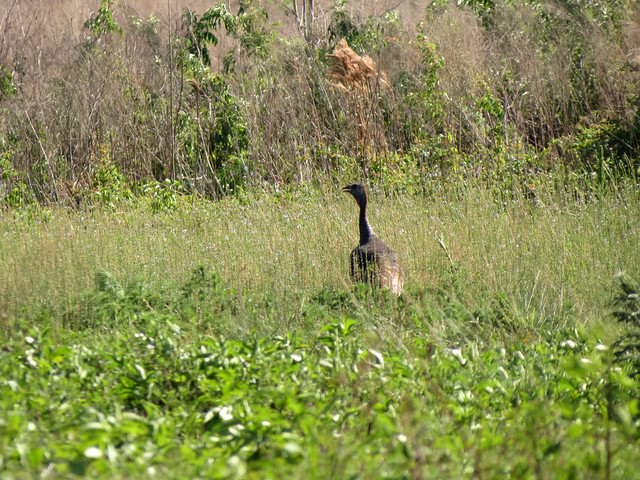
![Southern Black Racer [maybe]](http://farm8.staticflickr.com/7050/6894692750_b58c29b3b0_z.jpg)
